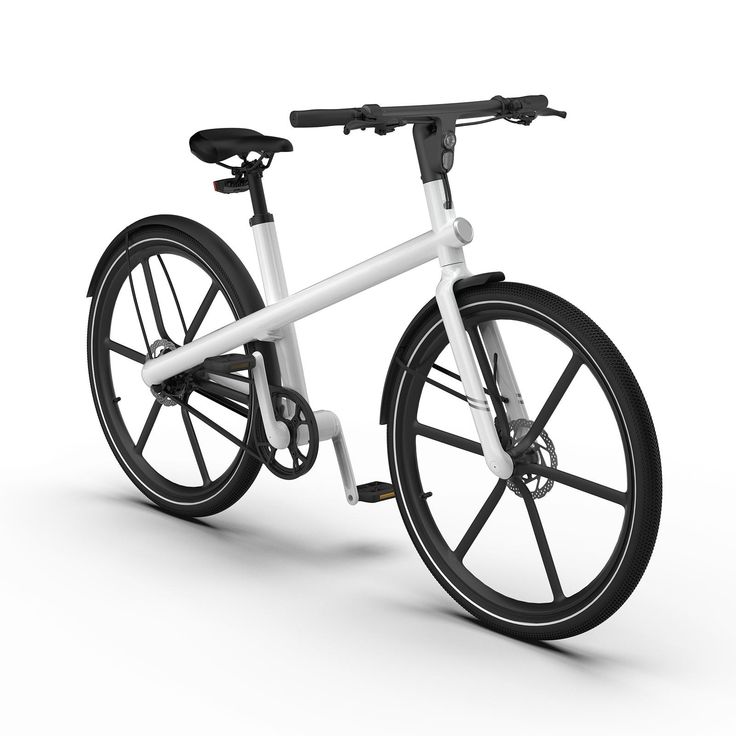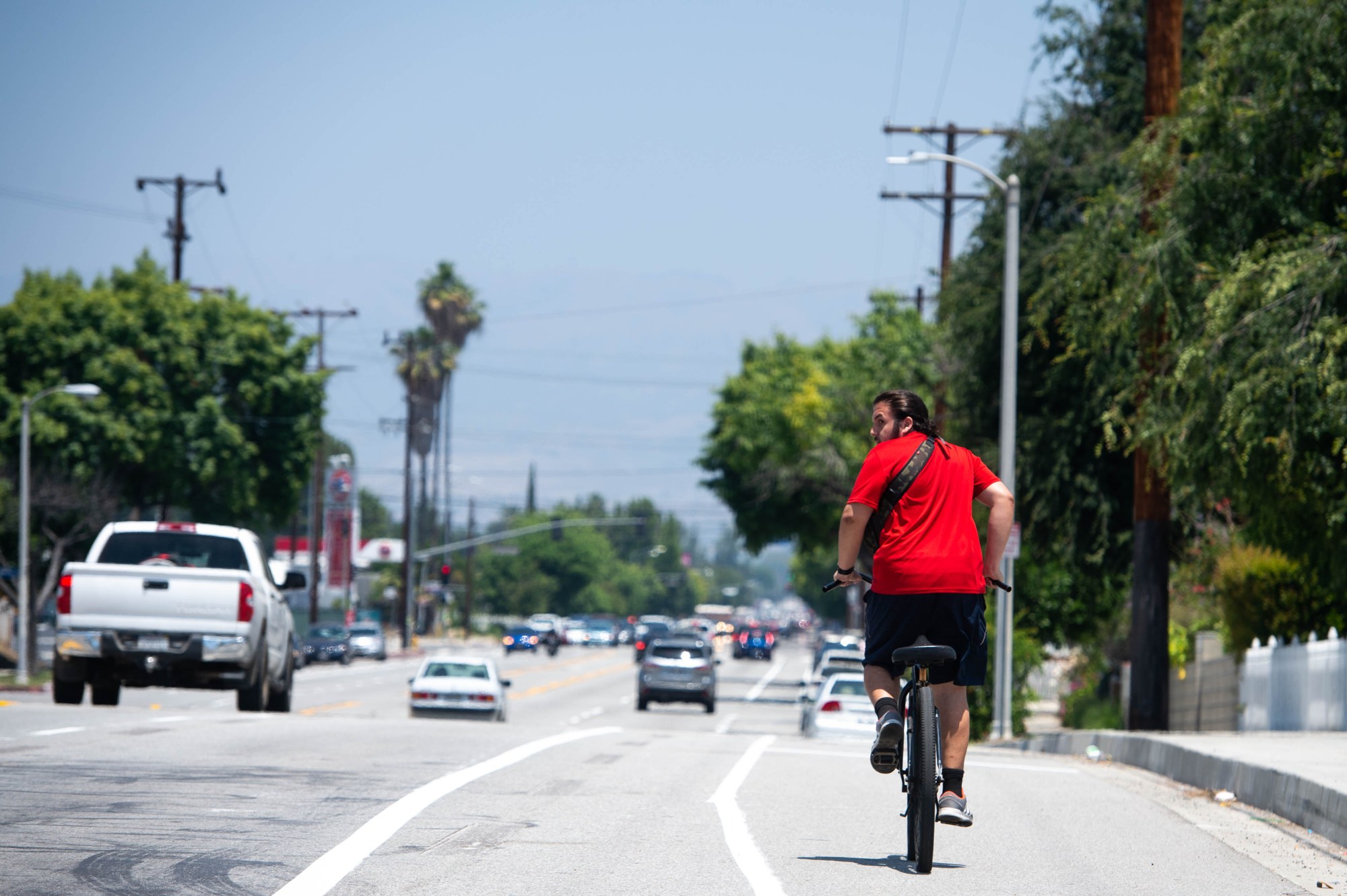Introduction to Bike Tire Wear and Safety
Riding a bike is great fun and an excellent way to stay active. However, ensuring your bike is in top condition is key for your safety. Tire wear is one factor that cannot be ignored, as it significantly affects bike performance and rider protection. Every cyclist should know when to replace bike tires to prevent accidents and maintain seamless rides.
Bike tires naturally degrade over time due to friction, environmental exposure, and use. Some warning signs, such as flattening tread patterns and visible damage, clearly indicate it’s time for a change. Tires with worn threads lack grip, which can lead to skidding or losing control, especially in wet or rough conditions.
Recognizing signs of wear is a necessary skill for every cyclist. Whether you cycle for pleasure or commute, the condition of your tires can make a huge difference in your biking experience. It’s also important not to overlook your tires’ mileage, as this can provide a general guideline on their longevity.
A well-maintained bike is not only a joy to ride but also puts your mind at ease about your safety on the road or trail. As you read on, this blog will guide you through identifying signs of tire wear, understanding tire longevity, investigating causes of wear, and learning proper inspection techniques for safe cycling. Knowledge on when to replace bike tires ensures you never compromise on performance or safety.
Next, we will delve into identifying the specific signs of tire wear that every biker should be aware of and prepared to address.
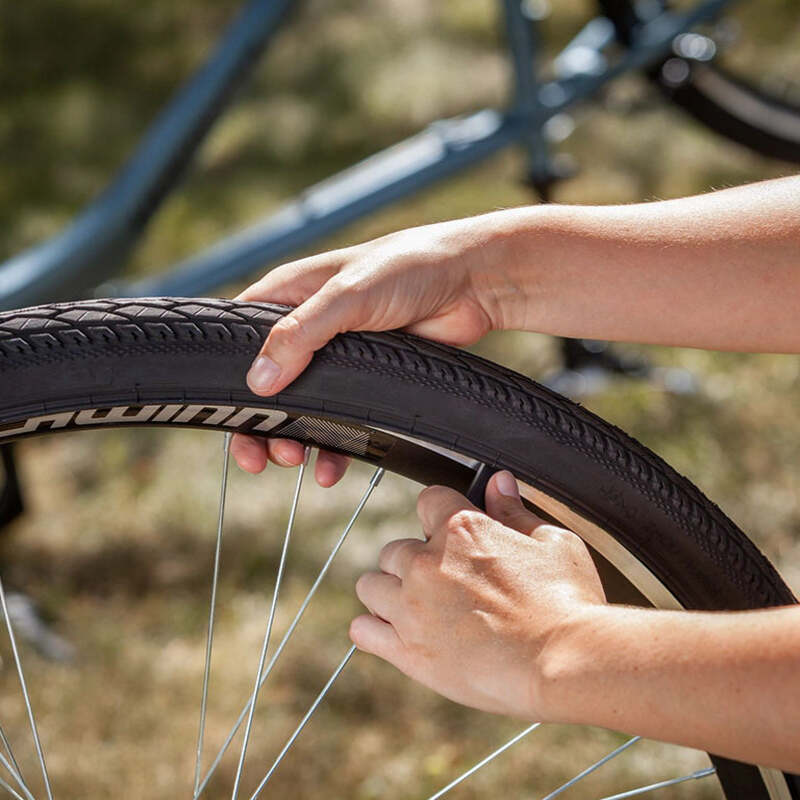
Identifying Signs of Tire Wear
Recognizing when to replace bike tires is crucial for ensuring a safe and enjoyable ride. Here are key signs to watch for.
Flattening Tread Patterns
Tire treads diminish with use. New tires have rounded, distinct patterns. Over time, they flatten. Look for a widened flat spot on the center. This indicates significant wear. A flattened tread means less grip, particularly in wet conditions. This increases the risk of skidding. Therefore, a tire with a flat tread pattern should be replaced.
Visible Damage to the Tires
Inspect tires for cracks, holes, cuts, or bulges. Any damage that reaches the internal layers is serious. These flaws can lead to punctures or even blowouts. Exposed casing or threads also signal that tire integrity is compromised. Replace damaged tires to prevent accidents. Safety should always be a cyclist’s top priority.
Understanding Mileage and Tire Longevity
Every bike tire has a lifespan, measured in miles ridden. Understanding this mileage can help gauge when to replace bike tires. Generally, road bike tires can last between 1,000 to 3,000 miles before showing signs of wear. This range, though, is not fixed. It depends on factors like riding frequency and terrain type.
For casual riders, tire longevity is often longer since the miles add up slowly. For frequent riders, or those tackling rough surfaces, tires may wear out faster. Harder rubber compounds tend to last longer than softer ones, but may offer less grip.
To maintain safety, it’s important to track your tire’s mileage. High mileage on a tire often means hidden wear that’s not immediately visible. It’s wise to record the miles you ride and compare this against the typical lifespan of your bike tires.
Bear in mind, the rear tire often wears out quicker. This is due to it carrying more weight and experiencing more friction. If your rear tire shows more wear, it might need replacing sooner than the front one.
In conclusion, while tire mileage is a good indicator of longevity, it’s not the only sign to look out for. Combine mileage tracking with visual inspections for a comprehensive approach to tire safety.
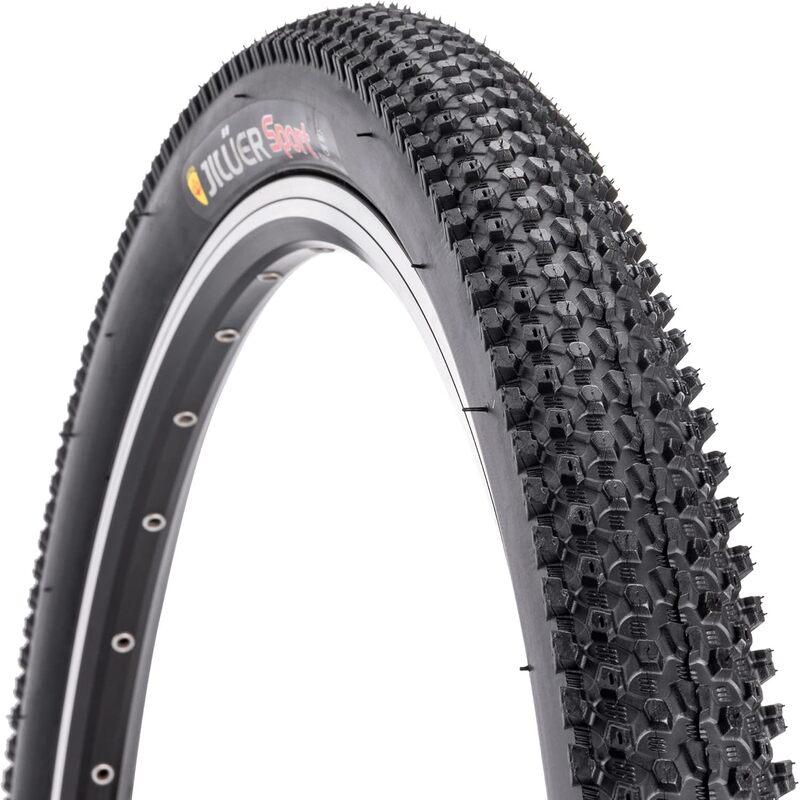
Causes and Consequences of Worn Tires
Knowing when to replace bike tires is key for any cyclist. Worn tires have several causes and can lead to risky outcomes. Below, we’ll cover the most common factors that wear down your tires and what consequences could occur if you don’t address them in time.
Friction and Surface Impact
Every time you ride, your bike tires meet the road with friction. This friction is the main cause of tire wear. The type of surface you ride on also matters. Rough terrain can wear down tires faster than smooth asphalt. Sharp objects on the road can cause cuts or punctures.
Environmental Effects
Tires also suffer from the environment. UV rays from the sun can make rubber brittle. Extreme temperatures, both hot and cold, can affect tire longevity. Oils, chemicals, or salt from roads can damage tire rubber as well.
Inflation and Load
Incorrect inflation is another cause of wear. Too much air can lead to blowouts, while too little can cause flats. The weight your bike carries, including yourself, affects tire wear. More weight usually means more wear.
Consequences of Ignoring Wear
Ignoring tire wear can be dangerous. Worn treads result in poor grip and control, especially in wet or slippery conditions. This can cause accidents. If the internal layers of a tire are visible, it could lead to sudden tire failure. Riding on worn tires feels less smooth and can make for an uncomfortable journey.
By understanding the reasons for tire wear and the dangers of ignoring it, you can make informed decisions. Regularly check your tires, watch for warning signs, and replace them when necessary. This maintains your bike’s performance and your own safety.
How to Inspect Your Tires for Safety
It is important for cyclists to inspect bike tires often. Regular checks can prevent accidents. Tires should look intact, with no visible damage such as cracks or cuts. This guide will help you understand how to examine your tires properly.
Regular Checks for Damage
Check your tires before each ride. Look for any signs of wear or damage. Pay special attention to cuts, holes, or bulges. These can lead to punctures and unsafe riding conditions. Ensure that no parts of the internal layer or threads are visible. This can be a sign that you need new tires.
Assessing Tire Tread Depth
Tire tread is crucial for grip on the road. Check the tread depth regularly. If the tread looks worn or the wear indicators are flat, it’s time for new tires. A simple way to check tread depth is the penny test. Insert a penny into the tread. If you see the top of the head, the tread is too low. Replace the tires to maintain grip and safety.
In summary, inspecting your tires includes regular damage checks and assessing tread depth. This ensures safe riding and optimal bike performance. When in doubt, consult a bike shop for an expert opinion.
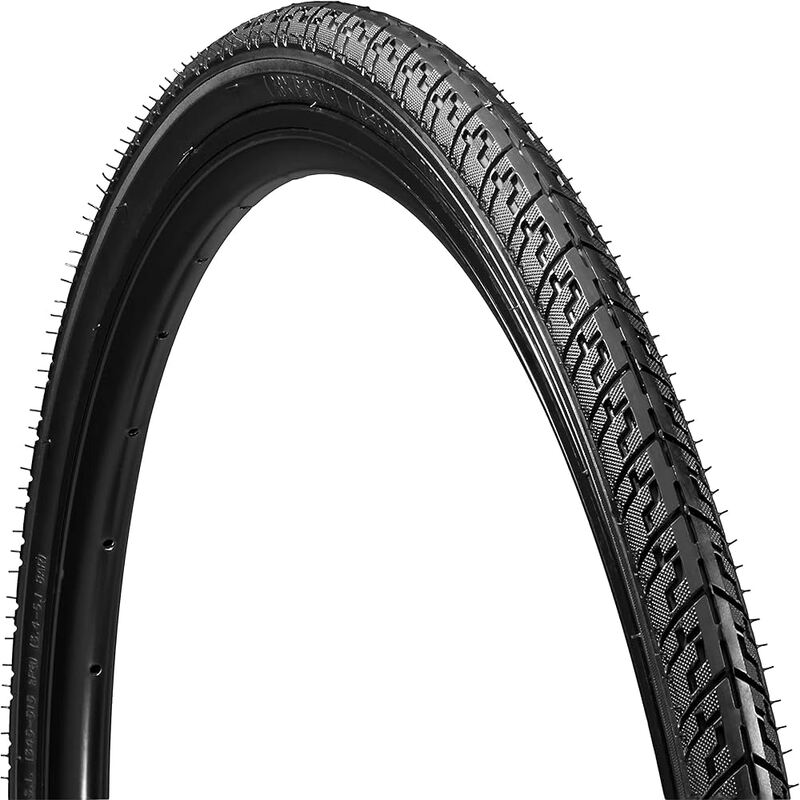
Choosing the Right Time to Replace Bike Tires
Knowing when to replace bike tires is more art than science. It involves a mix of visual inspection and recognizing how the tires feel during a ride. Here are some tips to help you choose the right time for a tire change:
Check Tread Wear Regularly
Inspect the tire tread often. Look for signs of serious wear. If the tire surface looks very smooth or the wear indicators are no longer visible, it’s time to get new tires.
Consider Riding Conditions
Think about where you ride. Rough terrains, like gravel or trails, wear out tires faster than smooth roads. If you ride on tough surfaces, plan to replace your tires sooner.
Listen to Your Bike
Pay attention to how your bike feels. If the ride gets rough or you slip easily, your tires might be worn out. This is a clear sign to consider tire replacement.
Mileage as a Guide
Use your tire’s mileage as a rough guide. If you’ve logged close to the high end of its mileage range, it might be time for a new set. Remember, front tires usually last longer than the rear ones.
Check for Visible Damage
Look for cracks, cuts, or any damage that reaches the internal layers. Any of these issues can mean an immediate need for tire replacement to maintain safety.
By keeping these points in mind, you can decide the best time to replace your bike tires. Doing so will ensure your rides are safe and enjoyable.
Options for Tire Replacement and Maintenance
When deciding to replace your bike tires, maintenance and choosing the right type are key. Think about how you use your bike. This influences the kind of tire that will best match your needs. Ensure you get tires that fit your riding conditions and maintain them well.
Considerations for Different Riding Conditions
Different tires work well in various environments. For dry roads, look for tires that offer speed and low resistance. On wet surfaces, tires with more grip are safe. Heavy riders or those with cargo might need tires that handle extra weight. Always check tire pressure for your specific conditions. Proper inflation is critical for tire health and your safety.
Types of Tires: Clincher, Tubeless, and Tubular
Your choice of tire type also matters. Clincher tires are common and easy to fix. They work with a tube inside. Tubeless tires seal without tubes and can self-repair small punctures. Tubular tires are for serious racers and are glued onto the rims. Each type has pros and cons. Choose based on your style and how you ride.
In conclusion, replacing worn tires is one part of bike care. Your riding conditions and tire type choice also affect your bike’s performance and safety. Take time to learn your needs and keep your tires in good shape. Safe riding!
Conclusion: The Importance of Timely Tire Replacement
Knowing when to replace bike tires is crucial for safe cycling. Worn tires can lead to accidents and affect your bike’s grip and performance. It’s key to check your tires for wear signs like flattened treads or visible damage regularly. Your safety on the road or trail can hinge upon the condition of your tires.
Tires with enough tread and no damage provide the best ride. They help you control the bike, especially on slippery surfaces. Regular inspections can catch issues early, before they become dangerous. Remember that tire mileage is only a guide. The real test is in the tire’s look and feel during rides.
Choosing the right time for tire replacement is a critical decision. Do this before they’re too worn to function correctly. Replace tires that show significant wear or damage immediately. Riding on such tires is a risk not worth taking.
Lastly, proper tire care extends their life and keeps you riding safely. Maintaining correct tire pressure and choosing the right tire type for your riding conditions are essential. Stay ahead of tire wear to ensure your bike performs well and you stay safe on your rides.
In sum, replace your bike tires when needed to prevent accidents and ensure a smooth, safe cycling experience. Ride with confidence, knowing that your tires are in top shape.

